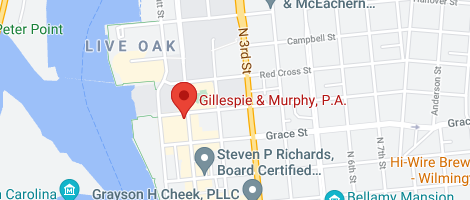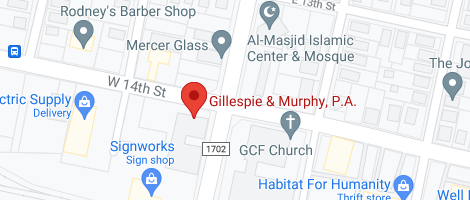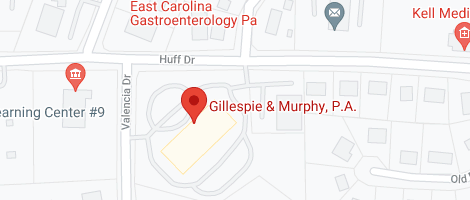Did you know that unpaid medical bills are the primary reason for bankruptcy filings in America? NerdWallet conducted a study on the relationship between health care costs and bankruptcies. Among the findings was that mounting medical debt holds first place in reasons for bankruptcy filings.
You may think that senior citizens accumulate the most medical debt. However, the study showed that people between the ages of 35 and 44 filed 28.9 percent of all bankruptcies at the time, the most of any age group. If you are struggling with this kind of debt, what form of bankruptcy would be best for your particular circumstances?
Considering Chapter 7
Chapter 7 releases you from having to repay certain debts, including your medical debt. It will prevent creditors from contacting you and can temporarily stop foreclosure and eviction activities. Chapter 7 can free you from medical and other kinds of debt within 90 to 120 days. However, keep in mind that resolving your debt problems may require the sale of some of your assets, including your home.
The Chapter 13 option
Chapter 13 is a different solution in that if you have a regular income source, you can use this form of bankruptcy to set up an affordable monthly payment plan. If you do not meet your obligations under the plan, you risk losing assets that would then be used for debt repayment. However, if you complete the program, you will see your debts discharged by the end of the term.
Legal assistance
The NerdWallet study incorporated data from the U.S. Census, the federal court system and the Centers for Disease Control and Prevention. Survey findings showed that medical debt is not only causing financial difficulties for people who have no insurance. Almost 10 million Americans who have health insurance coverage are still unable to pay off mounting medical bills. If you are in either of these groups, explore your legal options. Filing Chapter 7 or Chapter 13 bankruptcy may be the best solution for you and your family.







